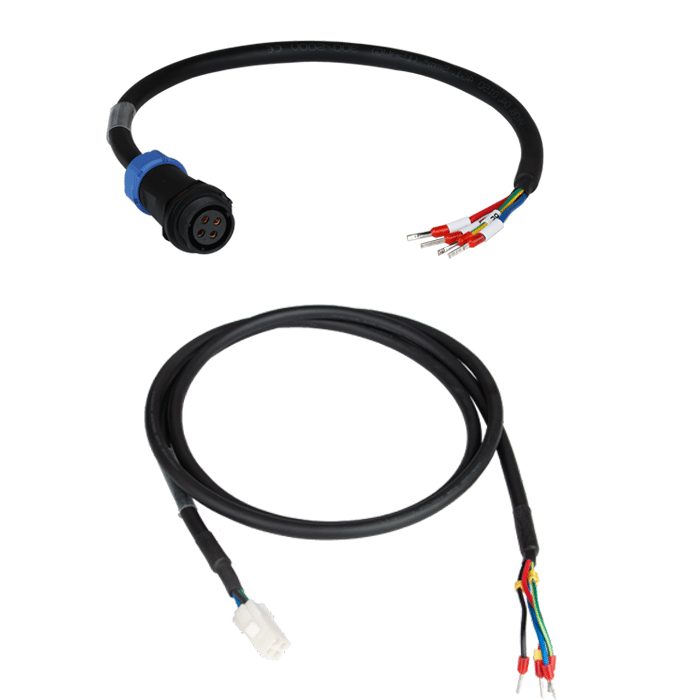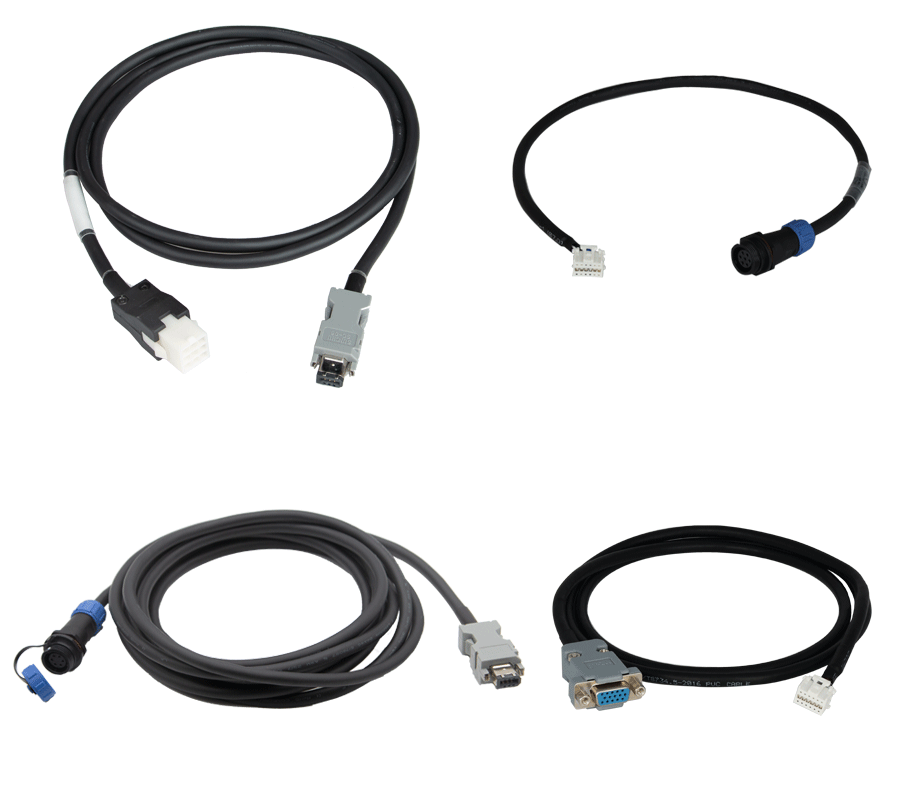
Are you curious about stepper motor sizes and how they affect demand forecasting? In this article, I will provide an overview of stepper motor sizes and explain their significance in the field. Let’s dive in!
The Importance of Stepper Motor Sizes
Stepper motors come in various sizes, each with its own unique characteristics. The size of a stepper motor refers to its physical dimensions, such as length and diameter. These dimensions play a crucial role in determining the motor’s torque output, speed capabilities, and overall performance.
Different Sizes for Different Applications
The choice of stepper motor size depends on the specific application requirements. Smaller-sized motors are often preferred for applications that require precise positioning or have limited space constraints. On the other hand, larger-sized motors are suitable for applications that demand higher torque output or need to handle heavier loads.
For instance, in robotics applications where compactness is essential, smaller NEMA 17 or NEMA 23 sized stepper motors may be used. These motors offer excellent precision while occupying minimal space within the robotic system.
In contrast, industrial automation systems that involve heavy machinery may utilize larger NEMA 34 or even NEMA 42 sized stepper motors to ensure sufficient torque output for smooth operation under heavy loads.
The Role of Leadshine
When it comes to reliable and high-performance stepper motors across different sizes, one prominent brand worth mentioning is Leadshine. With their extensive range of products catering to various industries’ needs, Leadshine has established itself as a trusted provider of quality motion control solutions.
Leadshine offers a wide selection of stepper motors in different sizes ranging from small form factors like NEMA 8 to larger sizes like NEMA 34. Their motors are known for their precision, durability, and compatibility with various motion control systems.
The Advancements in Motion Control Technology
Over the years, advancements in motion control technology have significantly influenced stepper motor designs and capabilities. With the integration of advanced microprocessors and sophisticated algorithms, modern stepper motors can now achieve higher speeds, smoother movements, and improved overall performance.
Furthermore, the development of closed-loop control systems has revolutionized demand forecasting by providing real-time feedback on motor position accuracy. This enables more accurate predictions of production output and enhances efficiency in manufacturing processes.
In Conclusion

Stepper motor sizes play a crucial role in determining their performance characteristics for different applications. Whether it’s choosing a compact motor for precise positioning or a larger one for heavy-duty tasks, understanding the impact of size is essential when considering demand forecasting requirements.
With brands like Leadshine offering reliable stepper motors across various sizes and continuous advancements in motion control technology, businesses can optimize their operations by selecting the right-sized stepper motors that meet their specific needs.
